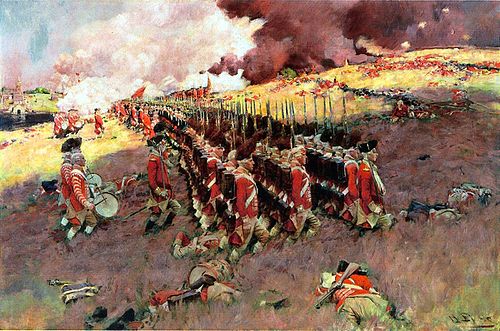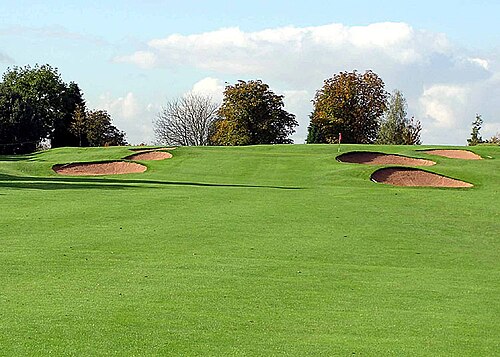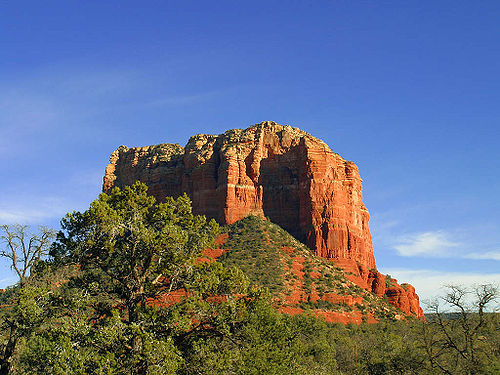Hillnoun
An elevated location smaller than a mountain.
Hillnoun
A sloping road.
Hillnoun
(US) A heap of earth surrounding a plant.
Hillnoun
(US) A single cluster or group of plants growing close together, and having the earth heaped up about them.
Hillnoun
(baseball) The pitcher’s mound.
Hillverb
To form into a heap or mound.
Hillverb
To heap or draw earth around plants.
Hillnoun
A natural elevation of land, or a mass of earth rising above the common level of the surrounding land; an eminence less than a mountain.
Hillnoun
The earth raised about the roots of a plant or cluster of plants. [U. S.] See Hill, v. t.
Hillnoun
A single cluster or group of plants growing close together, and having the earth heaped up about them; as, a hill of corn or potatoes.
Hillverb
To surround with earth; to heap or draw earth around or upon; as, to hill corn.
Hillnoun
a local and well-defined elevation of the land
Hillnoun
structure consisting of an artificial heap or bank usually of earth or stones;
Hillnoun
United States railroad tycoon (1838-1916)
Hillnoun
risque English comedian (1925-1992)
Hillnoun
(baseball) the slight elevation on which the pitcher stands
Hillverb
form into a hill
Hill
A hill is a landform that extends above the surrounding terrain. It often has a distinct summit.
Buttenoun
(US) An isolated hill with steep sides and a flat top.
Buttenoun
A detached low mountain, or high rising abruptly from the general level of the surrounding plain; - applied to peculiar elevations in the Rocky Mountain region.
Buttenoun
a hill that rises abruptly from the surrounding region; has a flat top and sloping sides
Buttenoun
a town in southwestern Montana; center for mining copper
Buttenoun
an isolated hill with steep sides and a flat top (similar to but narrower than a mesa).
Butte
In geomorphology, a butte () is an isolated hill with steep, often vertical sides and a small, relatively flat top; buttes are smaller landforms than mesas, plateaus, and tablelands. The word butte comes from a French word meaning knoll (but of any size); its use is prevalent in the Western United States, including the southwest where mesa (Spanish for ) is used for the larger landform.

























